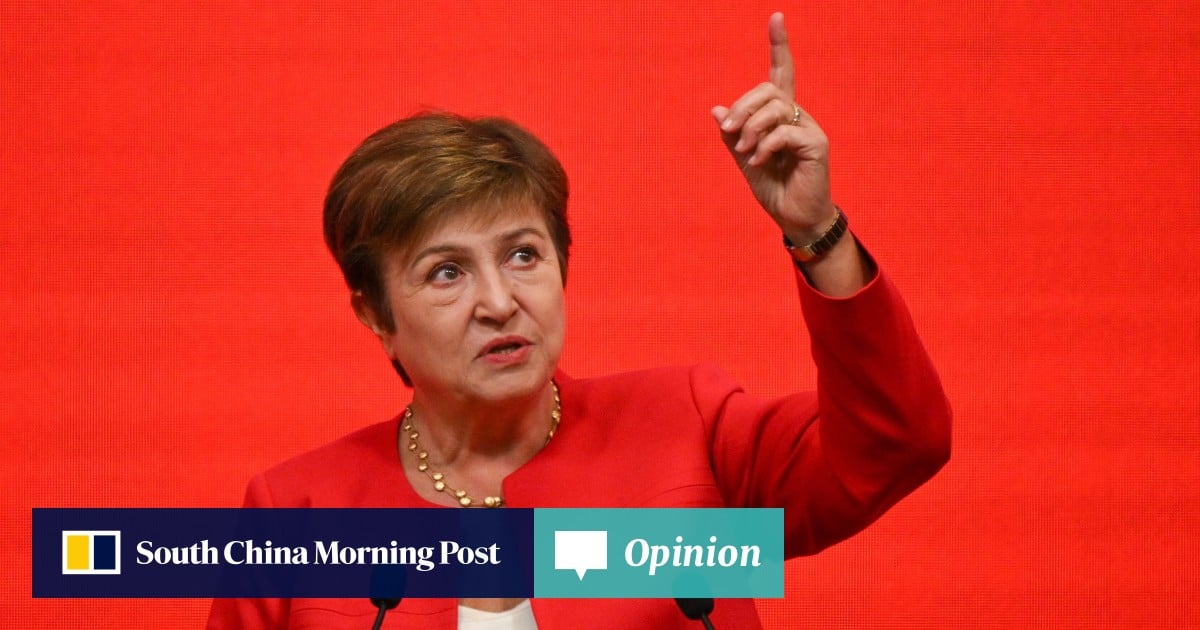
13 Apr Opinion | As private credit warnings grow, the fear is that the horse has bolted
Private credit has since grown to around US$2 trillion, according to the IMF, which is raising a red flag over the sector. While this is small relative to the size of the financial system, private credit has the potential to suck much larger chunks of the system into a vortex.
The private credit market is located chiefly in the United States (as was the subprime mortgage market) but the systemic crisis fears that the sector is provoking are justified wherever financial markets exist – i.e. just about everywhere.
Some of these threats were discussed with unusual frankness at the recent spring meetings of the International Monetary Fund and World Bank, which points to growing concerns that there may be a ticking time bomb or bombs in the international financial system.
The cause for concern should not be hard to grasp. What has been described as the “great moderation” of interest rates – from the mid-1980s until the 2008 global crisis, and then again once monetary taps were turned full on for the Covid-19 pandemic – is over for now.
Is the next subprime crisis brewing in China’s property market?
Is the next subprime crisis brewing in China’s property market?
As financial guru Paul Sheard noted during a panel discussion I moderated at the Foreign Correspondents’ Club in Japan recently, interest rates have gone on a “roller coaster ride”.
With the sharp rise in benchmark rates, more than a third of borrowers in the private credit market now have interest costs exceeding their earnings, according to the IMF. As for the lenders, they lack a deposit base and are having to look for more capital.
What is scary about the situation is that (again, as with the subprime mortgages that were often low-quality loans “sliced and diced” in a way which masked the identity of the borrowers) private credit is highly opaque.
Private market loans are rarely traded, and thus cannot be valued using market prices. Instead, they are often valued only periodically and using risk models that may suffer outdated and subjective valuations.
That clear concerns are being raised by the IMF and others should alert stock markets that their obsession with corporate earnings needs to give way to more searching analysis of financial conditions.
Private credit has created economic benefits, it is true, by providing long-term financing to corporate borrowers but the migration of such lending from regulated banks and public markets to the more opaque world of private credit creates big risks.
Why bitcoin’s comeback can’t paper over new risks of going mainstream
Why bitcoin’s comeback can’t paper over new risks of going mainstream
Institutional investors such as pension funds and insurance companies have invested eagerly in funds that, though illiquid, offer relatively high returns and limited volatility, and they are still diving deeper into private credit waters.
More ominously, investment funds aimed at retail investors are focusing now on private credit and retail investors can be quicker than institutional investors to run for the exit when uncertainty threatens, raising the risk of redemption runs on funds whose assets are long-term.
Even the IMF acknowledges that “it’s hard to understand how systemic risks may be building given the less than clear interconnections between private credit funds, private equity firms, commercial banks and investors”.

The risks have not been tested in a run-off situation and in a severe downturn, credit quality could deteriorate sharply, spurring defaults and significant losses. Banks could curb lending to private credit funds, retail funds could face large redemptions, and private credit funds and their institutional investors could suffer liquidity strains.
Interconnectedness could affect public financial markets, as insurance companies and pension funds are forced to sell more liquid assets while companies that have grown to rely on private credit could face a cash crunch.
The IMF is urging regulators to improve reporting on private credit growth and its implications for financial stability. But as in the past, this could be a case of locking the stable doors after the horse has bolted.
Anthony Rowley is a veteran journalist specialising in Asian economic and financial affairs


